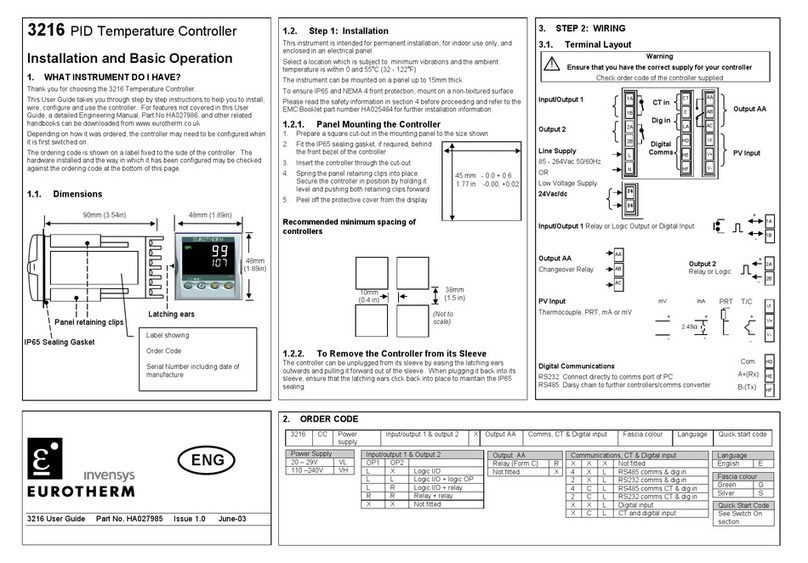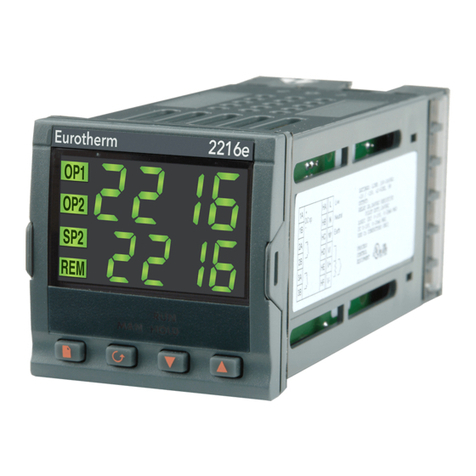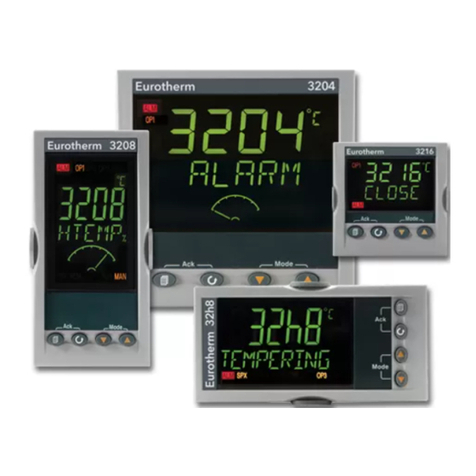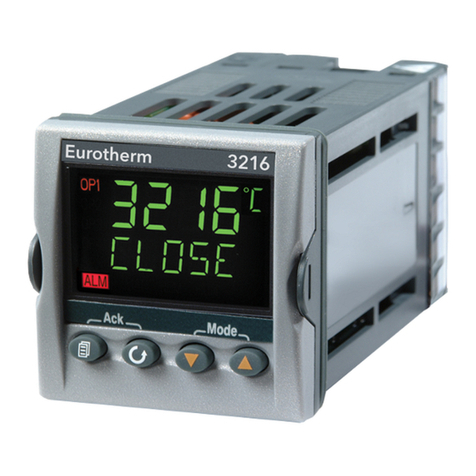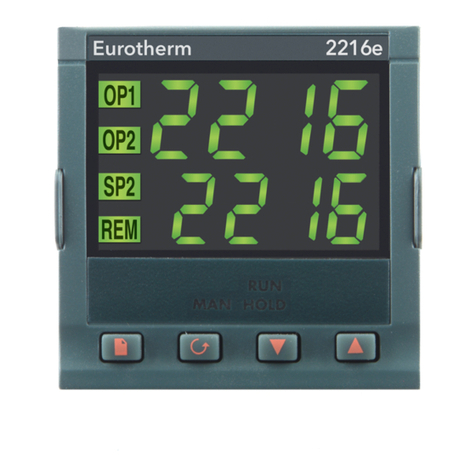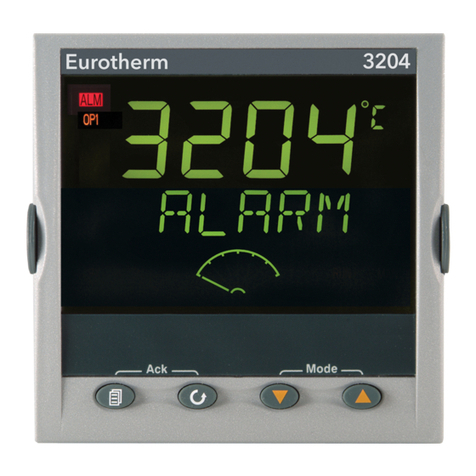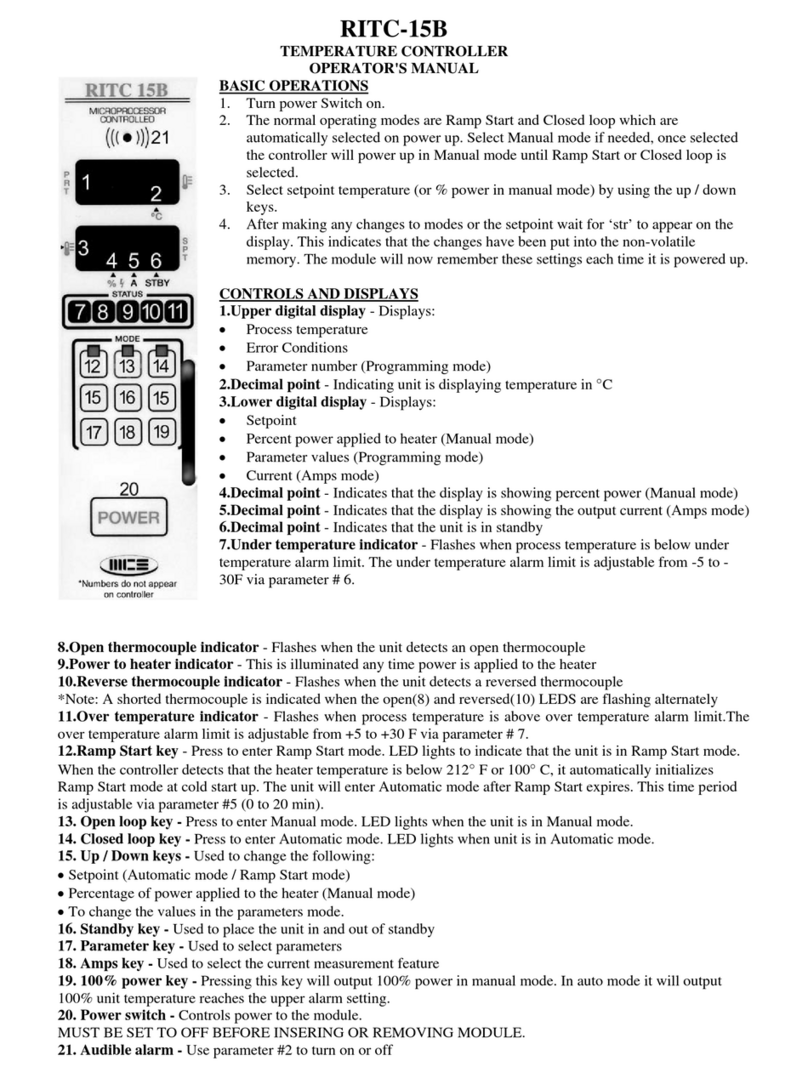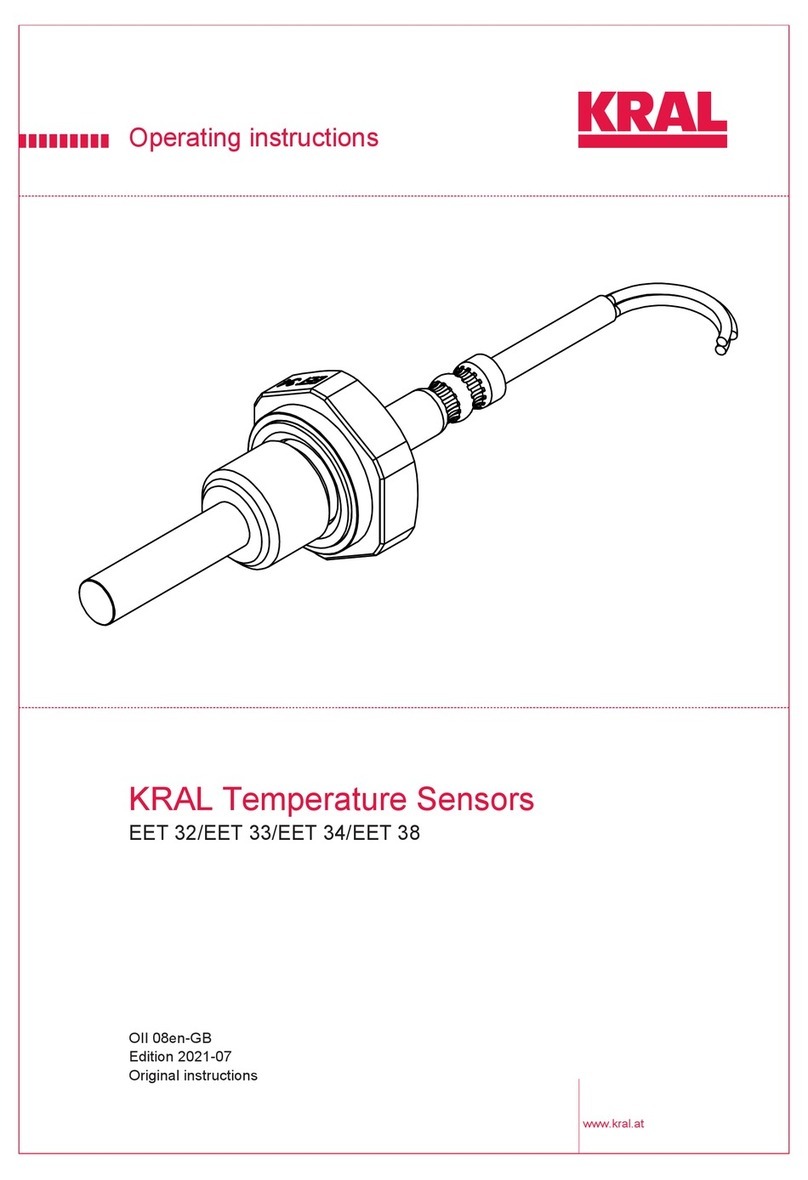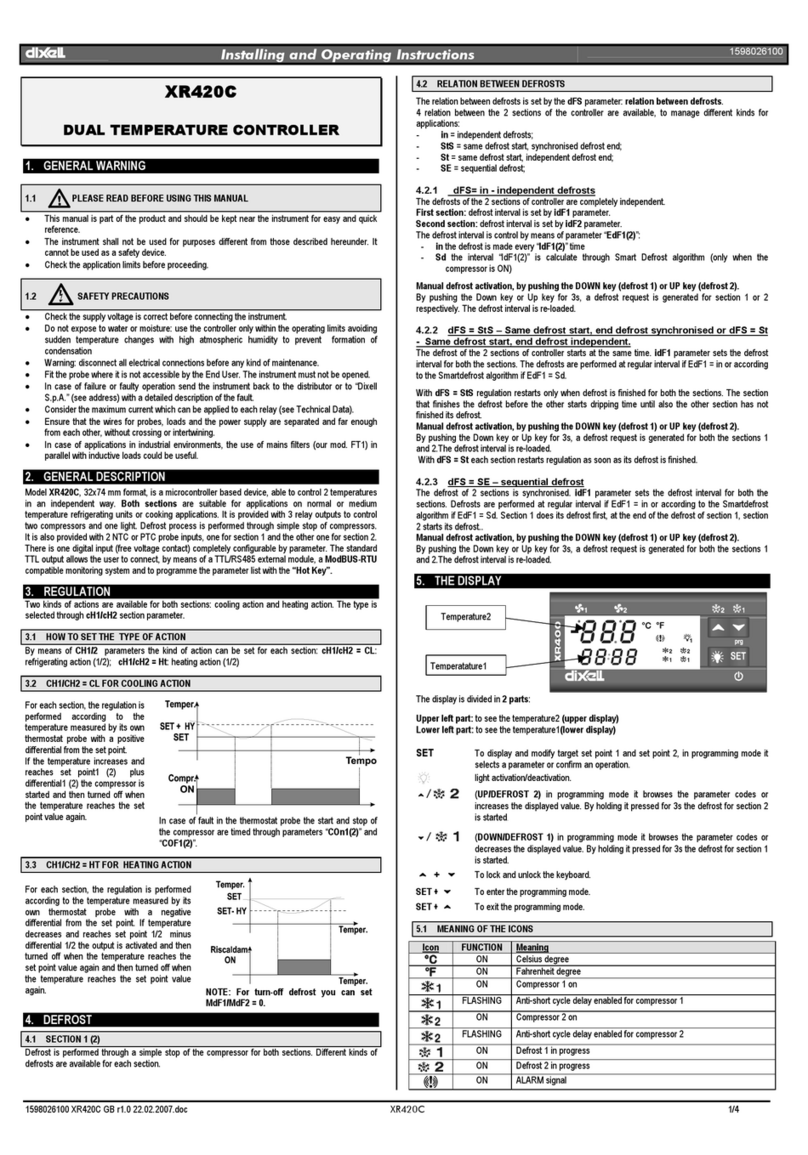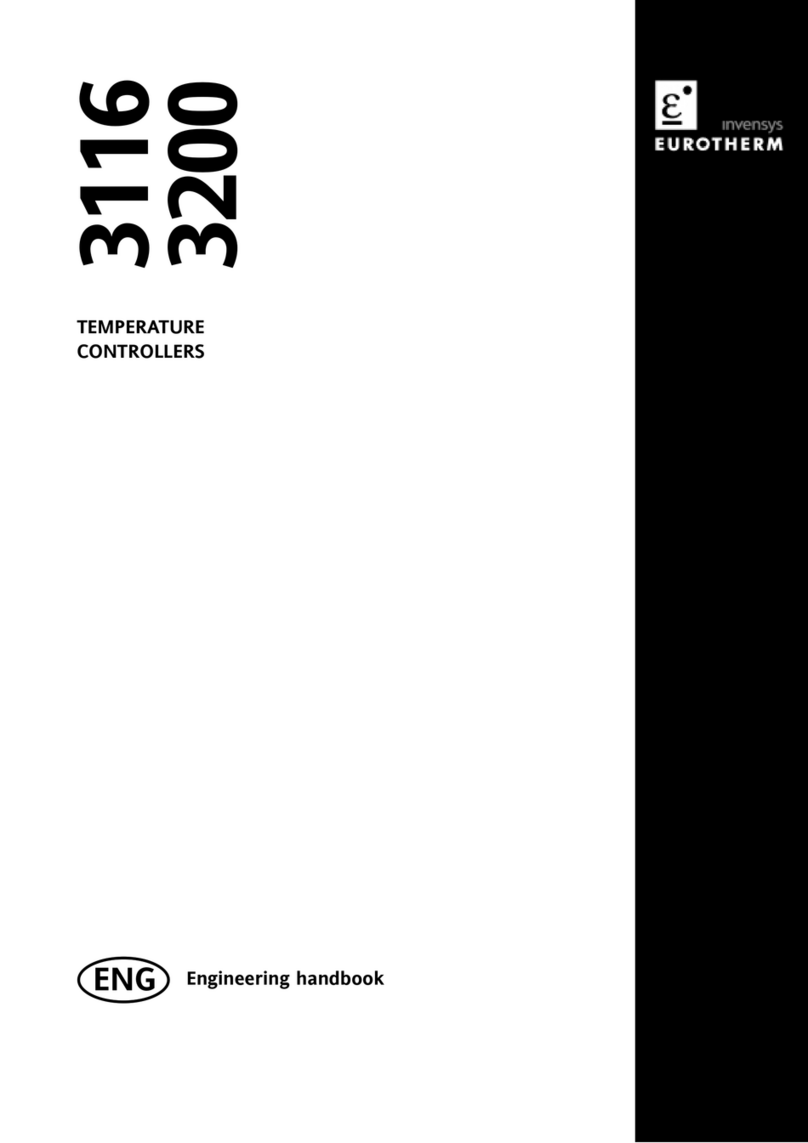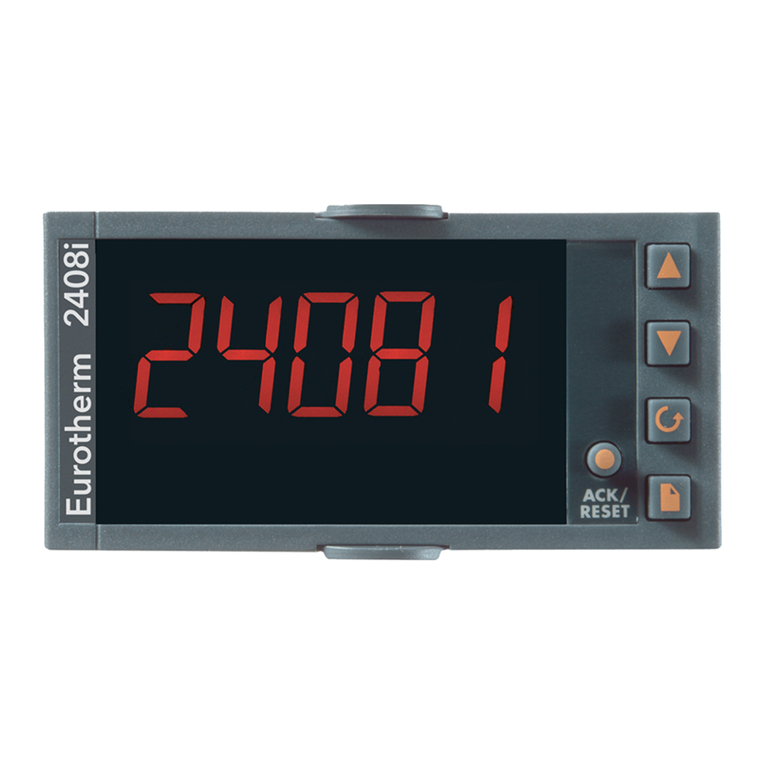
A. 1
GBGB
GBGB
GB
INDEXINDEX
INDEXINDEX
INDEX
A.A.
A.A.
A.WHAT YOU NEED TO KNOW BEFORE YOUWHAT YOU NEED TO KNOW BEFORE YOU
WHAT YOU NEED TO KNOW BEFORE YOUWHAT YOU NEED TO KNOW BEFORE YOU
WHAT YOU NEED TO KNOW BEFORE YOU
STARTSTART
STARTSTART
START......................................................................................................................................
......................................................................................................................................
................................................................... A.2A.2
A.2A.2
A.2
A.1 OUTLINEANDCUTOUTDIMENSIONS .............A.5
1.1.
1.1.
1.MOUNTINGMOUNTING
MOUNTINGMOUNTING
MOUNTING ............................................................................................................................
............................................................................................................................
.............................................................. 11
11
1
2.2.
2.2.
2.ELECTRICAL CONNECTIONSELECTRICAL CONNECTIONS
ELECTRICAL CONNECTIONSELECTRICAL CONNECTIONS
ELECTRICAL CONNECTIONS..............................................................
..............................................................
............................... 22
22
2
3.3.
3.3.
3.PRELIMINARY HARDWARE SETTINGSPRELIMINARY HARDWARE SETTINGS
PRELIMINARY HARDWARE SETTINGSPRELIMINARY HARDWARE SETTINGS
PRELIMINARY HARDWARE SETTINGS 66
66
6
4.4.
4.4.
4.CONFIGURATIONCONFIGURATION
CONFIGURATIONCONFIGURATION
CONFIGURATION ......................................................................................................
......................................................................................................
................................................... 66
66
6
4.1 Pushbuttonfunction ............................................ 6
4.2 Possible protection of the parameters................ 6
4.3 Access to the configuration procedure ............... 7
4.4 Configurationparameters .................................... 7
5.5.
5.5.
5.OPERATIVE MODEOPERATIVE MODE
OPERATIVE MODEOPERATIVE MODE
OPERATIVE MODE..............................................................................................
..............................................................................................
............................................... 1414
1414
14
5.1 Preliminary comments....................................... 14
5.2 SMARTalgorithm ............................................... 15
5.3 Inhibition of the out signal ................................. 15
5.4 Displaying the set point set
(modelLDE) ........................................................ 16
5.5 SP/SP" selection ............................................... 16
5.6 Direct modification of the set point................... 16
5.7 Timermodedescription ..................................... 16
5.8 Manual reset of the alarm ................................. 20
5.9 Soft Start Ffunction ........................................... 20
5.10 Lamp test........................................................... 20
5.11 Function of the pushbuttons ............................. 20
5.12 Indicators ........................................................... 21
5.13 Operative parameters ........................................ 21
6.6.
6.6.
6.ERROR MESSAGESERROR MESSAGES
ERROR MESSAGESERROR MESSAGES
ERROR MESSAGES ........................................................................................
........................................................................................
............................................ 2424
2424
24
6.1 Measurement anomaly signal .......................... 24
6.2 Error messages ................................................. 25
6.3 List of possible errors ....................................... 25
7.7.
7.7.
7.TECHNICAL CHARACTERISTICSTECHNICAL CHARACTERISTICS
TECHNICAL CHARACTERISTICSTECHNICAL CHARACTERISTICS
TECHNICAL CHARACTERISTICS ............................................
............................................
...................... 2626
2626
26
7.1 Technical specifications .................................... 26
7.2 Inputs ................................................................. 27
7.3 Controlactions................................................... 27
7.4 Outs ................................................................... 28
7.5 CPI - Configuration Port Interface ..................... 28
8.8.
8.8.
8.MAINTENANCEMAINTENANCE
MAINTENANCEMAINTENANCE
MAINTENANCE............................................................................................................
............................................................................................................
...................................................... 2828
2828
28
B.B.
B.B.
B.DEFAULT PARAMETERSDEFAULT PARAMETERS
DEFAULT PARAMETERSDEFAULT PARAMETERS
DEFAULT PARAMETERS ....................................................................
....................................................................
.................................. B.1B.1
B.1B.1
B.1
02_0316_A_DER.pmd 23/04/2004, 10.482
